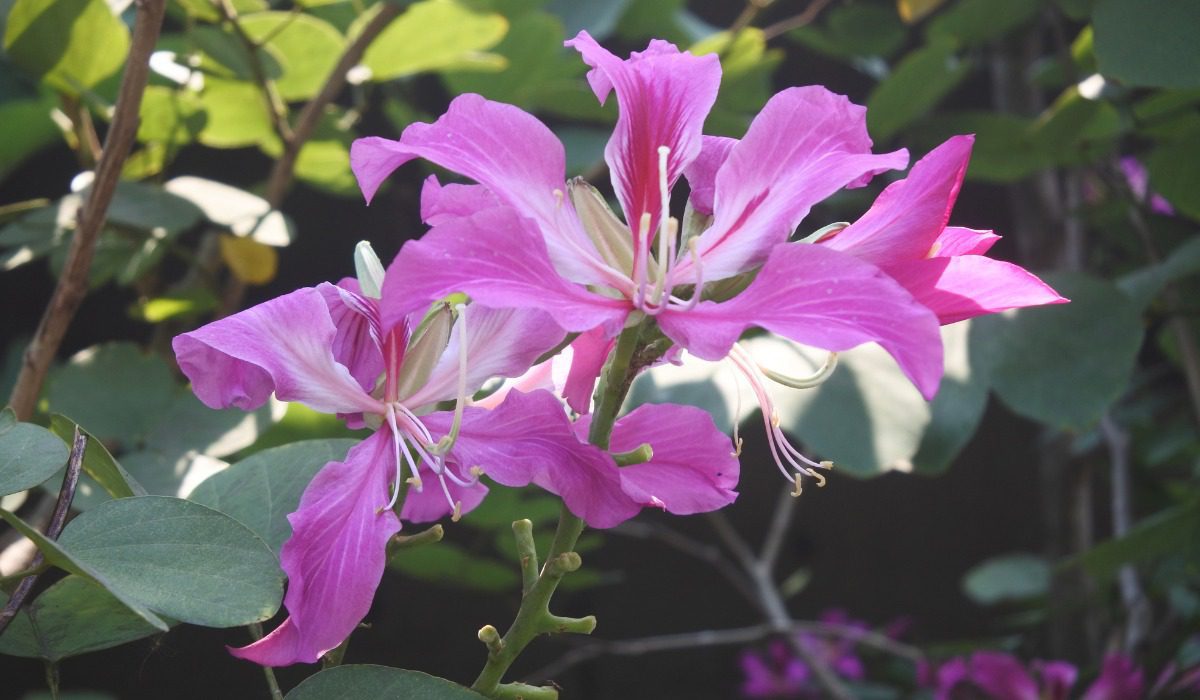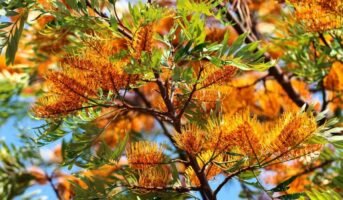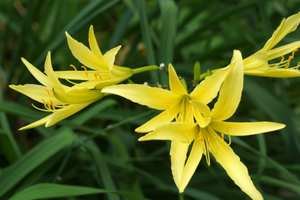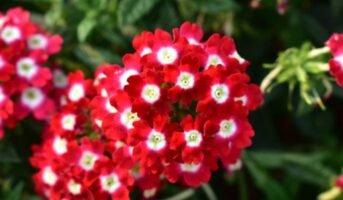The Tibouchina urvilleana, popularly known as the princess flower, is a species of flower native to Brazil. It is a species of flowering plant that is found in warm and frost-free climates. This plant makes for compelling decorative pieces for both small and large houses alike because of its ravishing purple colour and pastel green leaves.
see also: al about Mushroom Seeds

Source: Pinterest
Tibouchina urvilleana, or the princess flower, is highly coveted for its wildly eye-pleasing appearance when in full bloom. That, along with the fact that it requires very little care comparatively, makes it a very desirable addition to one’s botanical collection.
See also: 21 best flowers for your garden
Tibouchina urvilleana: Key facts
| Plant type | Shrubs, trees |
| Family | Melastomataceae |
| Season of interest | Spring, Summer, Fall, Winter |
| Garden styles | City and courtyard, Mediterranean gardens |
| Appearance | Bright purple flowers with pastel green leaves |
| Height and spread | Height- 3m-6m
Spread- 2.4m-3m |
| Awards | Won the prestigious award for garden merit of the Royal Horticulture society. |
| Sun exposure | Full (prefers some shade in hotter regions) |
| Soil type | Rich and well-drained |
| Soil pH | Neutral or slightly acidic |
| Origin | Brazil |
Tibouchina urvilleana: How to grow
The fact that this spectacular plant has such stature may make you feel like it is a nightmare to keep one alive. Well, fear not because the princess flower plant is fairly low maintenance and needs only a fraction of your time and effort in order to bloom graciously.
Although the plant is intended to be grown as a small pot shrub in most cases, it can also be grown as a smaller-sized tree, depending on the wants of the owner.

Source: Pinterest
The quality of the soil is the make-or-break factor here. You want to use only the best of the best there is. The Princess plant wants its soil to be damp, rich, well-drained and quite ventilated. It is susceptible to root rot if the soil is soggy. It also prefers its soil to be slightly acidic, and you can achieve that by using supplements like peat moss or acidic fertilizer.
If you live in a cooler zone, you can also plant it in a container and bring it in during the winters, but make sure you do give it plenty of warmth and light. After all, you’ve got a princess to look after too. Use a natural-round or vase-shaped container. Also, you might want to know that it tends to grow quite tall, and many gardeners decide to prune it in order to manage its size.
For a best-case scenario, provide the Tibouchina with as much light as possible. It is unable to thrive under shade. If you reside in a particularly hot area, give it some amount of shade.
The princess flower is somewhat lenient when it comes to droughts, but only for a short amount of time. It thrives when it is given the right amount of water, no more than 1 inch of water per week, irrigation, and rainfall combined. Only increase the amount ever so slightly if it’s very hot. Do not overwater under any circumstances, as overwatering can injure the plant beyond repair.

Source: Pinterest
As for planting the seeds, take a shallow seed tray and pour around 2 inches of seed starting mix and moisten it. Plant the seeds 1 inch apart and cover them with a thin layer of soil. Cover the container with a plastic bag and set it in a bright place that is not directly sunny for now. Strictly avoid cold areas. Once the seedlings are 2 inches tall, you can replant them as desired. Size your repotting container no more than 1-2 inches larger than before.
Tibouchina urvilleana: How to maintain
The princess plant cannot survive any amount of frost. Make sure to provide it with a sufficient amount of warmth. If living in a cold place, make sure to bring it inside in a container. Fertilise your Tibouchina every summer, spring, and fall.
Like most shrubs, the princess flower needs an adequate amount of pruning in order to function and grow. Prune as needed. Other than that, you can give it the desired shape or size if you want.
Tibouchina urvilleana: Pests and Diseases
Periodically, pests like scale, nematodes, aphids, mealybugs, and geranium budworms may attack the princess flower. To counter these, you can let beneficial insects like ladybugs onto the plant. You can even spray insecticidal soap or horticultural oil.
If kept in soggy soil, mushroom root rot can occur at any stage of the plant. To prevent this, water only once a week, no more than an inch per week.

Source: Pinterest
Tibouchina urvilleana: Uses
If you’re someone who wants to add a little pop to your garden but doesn’t want it to look too flashy, the princess flower plant might be the perfect choice for you.
Also, it is the recipient of the Award for Garden Merit from the Royal Horticulture society, which is only given to a plant if it is of outstanding excellence for garden decoration or use.
The Tibouchina plant is strictly used as an ornamental plant and does not possess any ayurvedic or medicinally beneficial qualities.
Tibouchina urvilleana: Toxicity
The California poison control system has listed the Tibouchina urvilleana in its list of completely non-toxic plants.

Source: Pinterest
FAQs
Being such a vibrant flower, does the princess flower plant attract insects?
Harmless insects like butterflies, bees, and birds like the hummingbird enjoy being in the company of the princess flower.
Is the Tibouchina plant prone to diseases?
Not particularly. It doesn't require all that much effort, but one shouldn't be neglectful, either.
What plants go well with the princess flower?
There are a number of plants that would add to the view of the princess flower plant. Some of these include tropical plants like the bird of paradise, jasmine, and even variegated ginger.
Housing News Desk is the news desk of leading online real estate portal, Housing.com. Housing News Desk focuses on a variety of topics such as real estate laws, taxes, current news, property trends, home loans, rentals, décor, green homes, home improvement, etc. The main objective of the news desk, is to cover the real estate sector from the perspective of providing information that is useful to the end-user.
Facebook: https://www.facebook.com/housing.com/
Twitter: https://twitter.com/Housing
Email: [email protected]











